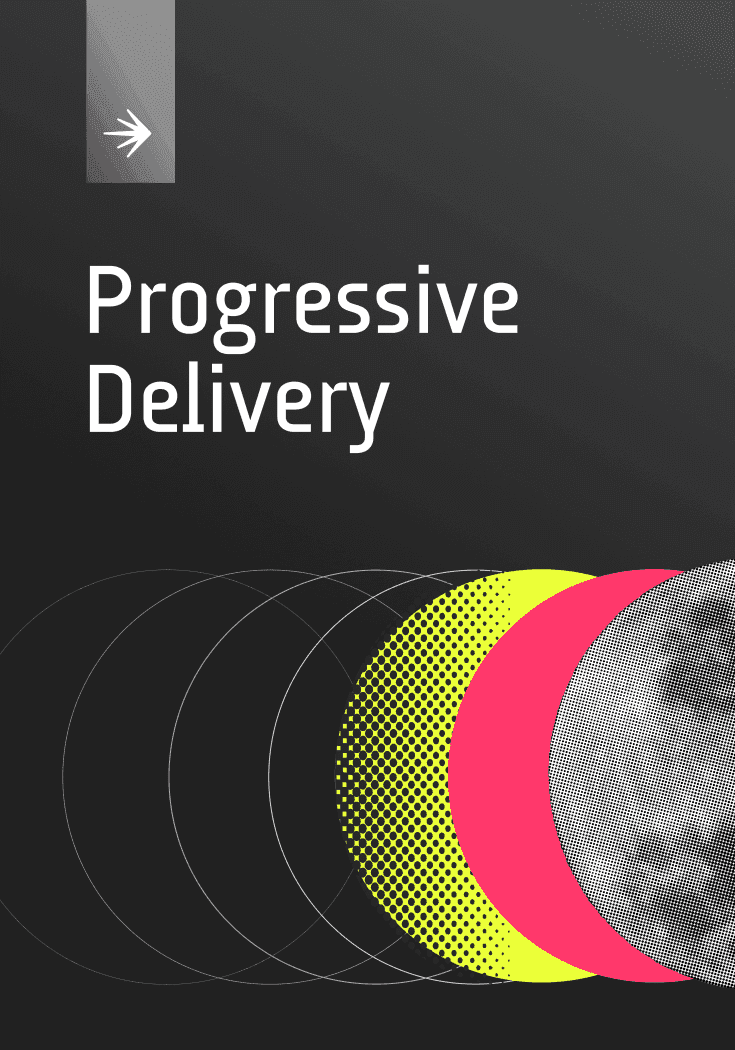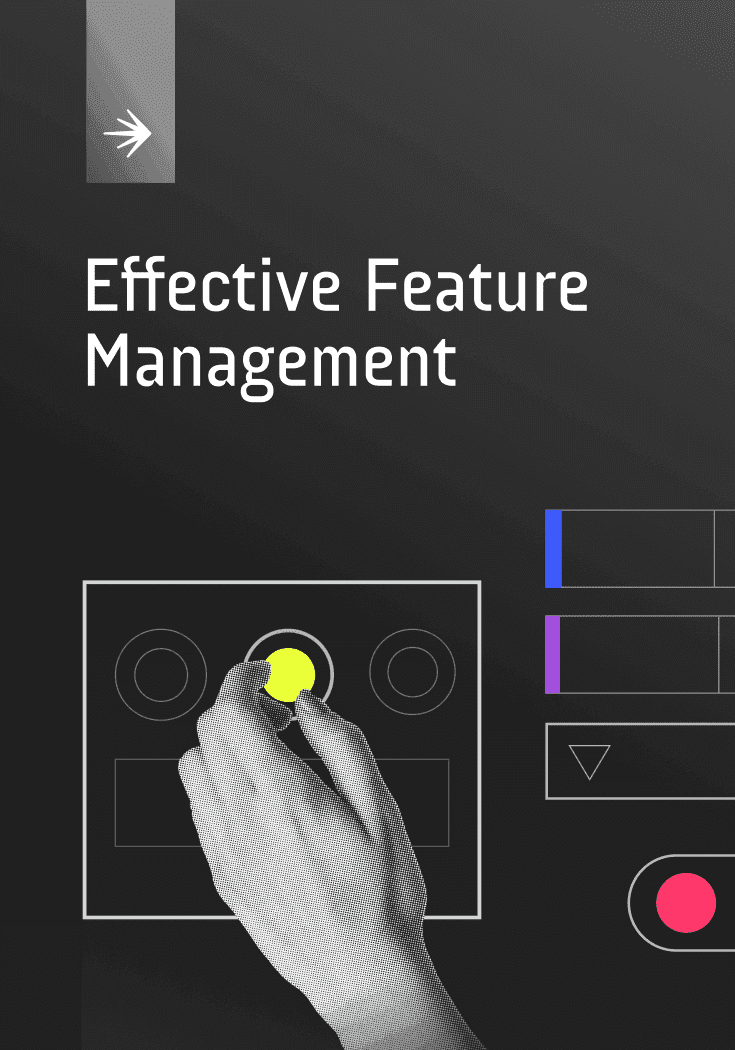Elevate product experiences with precise targeting
How to serve software features tailored to any audience without burdening engineers.

Top 3 barriers to delivering targeted experiences
A targeted experience involves tailoring software services and products to the precise requirements of individual users and audience segments. In the following sections, we’ll examine the challenges organizations face with targeting and how they negatively impact the business.
1. For developers, the struggle is real
Every business has its own unique targeting requirements. An insurance company may need to show an employment verification form in their web portal to members in New York to comply with federal regulations. A cash app may need to offer personalized discounts on their new virtual credit card based on users’ demographic data. Or an automaker may need to release a new feature only to internal developers for testing. Supporting targeted experiences that perfectly match the needs of a given business can be extremely complex.
Developers must write heaps of custom code. They must design a flexible architecture and ensure consistent experiences across different platforms such as web, mobile, gaming consoles, and more. They may also need to integrate the targeting solution with third-party customer data platforms. That’s the kind of overhead required to support basic use cases involving a single targeting attribute, let alone ones with multiple attributes and layers of complexity.
With all these complexities, most organizations struggle to target with precision and scale, resulting in unhappy customers, decreased competitive advantage, and missed revenue opportunities.
2. Dev and product teams can’t test new features with ease
Without the proper targeting capabilities, product delivery teams are often forced to release new features to their entire userbase all at once—a risky move. They can't progressively deliver features. Neither can they can safely test code in a confined production environment. Nor can they vet new features with a subset of users first.
The inability to employ those targeting patterns hurts businesses. If they can't gradually release features to customer segments, they will incur a great deal of risk. If they can't safely test in production with specific internal developers, they'll fail to catch bugs early. And if they can't beta test, they'll miss out on valuable user feedback that could reveal product issues and enable them to refine their offering before a wider release.
In the end, the inability to conduct targeted tests on a subset of users impedes business growth and success.
3. Business teams don’t get to control customer experiences
Even if you feel you can justify the pain and expense of building targeting in-house, you’re still left with another problem: your developers have to manage targeting for the whole business. Why?
Typically, only developers know how to use a homegrown targeting solution, as it doesn't come with a user-friendly interface and is thus inaccessible to non-developers (e.g., product managers). What's more, in-house solutions lack granular user permissions. Targeting workflows affect production systems. As such, only specific people should have the ability to control those workflows. Without proper controls in place, developers have no choice but to manage all the targeting workflows themselves.
So not only are your developers forced to bear yet another burden, but also your business teams—those who know customers best—are not the ones managing customer experiences. Business stakeholders are best equipped to deliver personalized, contextually-relevant experiences to customers. When they lack the ability to control such experiences, it puts the business at a competitive disadvantage.
We’ve covered challenges most businesses face with creating and delivering targeted experiences and how it negatively impacts the overall business. Now let’s take a look at how LaunchDarkly simplifies and scales the targeting process so that businesses can deliver customized experiences easily and safely.
The tension between a "one-size fits all" and "fully customizable" product experience is one that makes or breaks many software companies. While the generic approach scales easily, it is only sufficient to sell to smaller customers. The highly customizable approach unlocks large enterprise opportunities, but requires upfront investment while adding friction and long-term maintenance costs. Feature management resolves this tension and makes it possible to scale customization without prohibitive overhead.
Timothy Cook
Product Manager, LaunchDarkly
Guides & Ebooks
See allSign up for our newsletter
Get tips and best practices on feature management, developing great AI apps, running smart experiments, and more.












